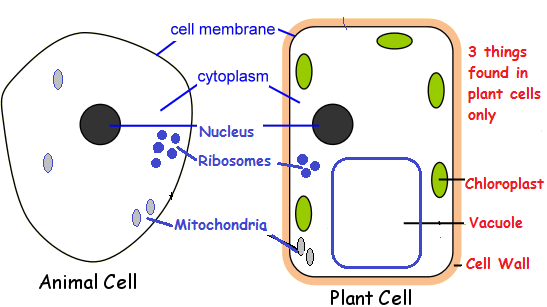Conceptual Statement
In the context of Sustainability I will design and produce a Multi level game for the ages 8+ to be used to stop fights and solve issues/problems in the community (street fights in the Tamaki community) .
The reasons why a multi level game is an appropriate outcome for the ages 8+ is because it shapes the younger generation’s ideas towards fixing issues in families and groups, in other ways than physically fighting someone. The following are a range of examples that demonstrates when the Multi level game has been effectively used to address similar issues relating to the context:



